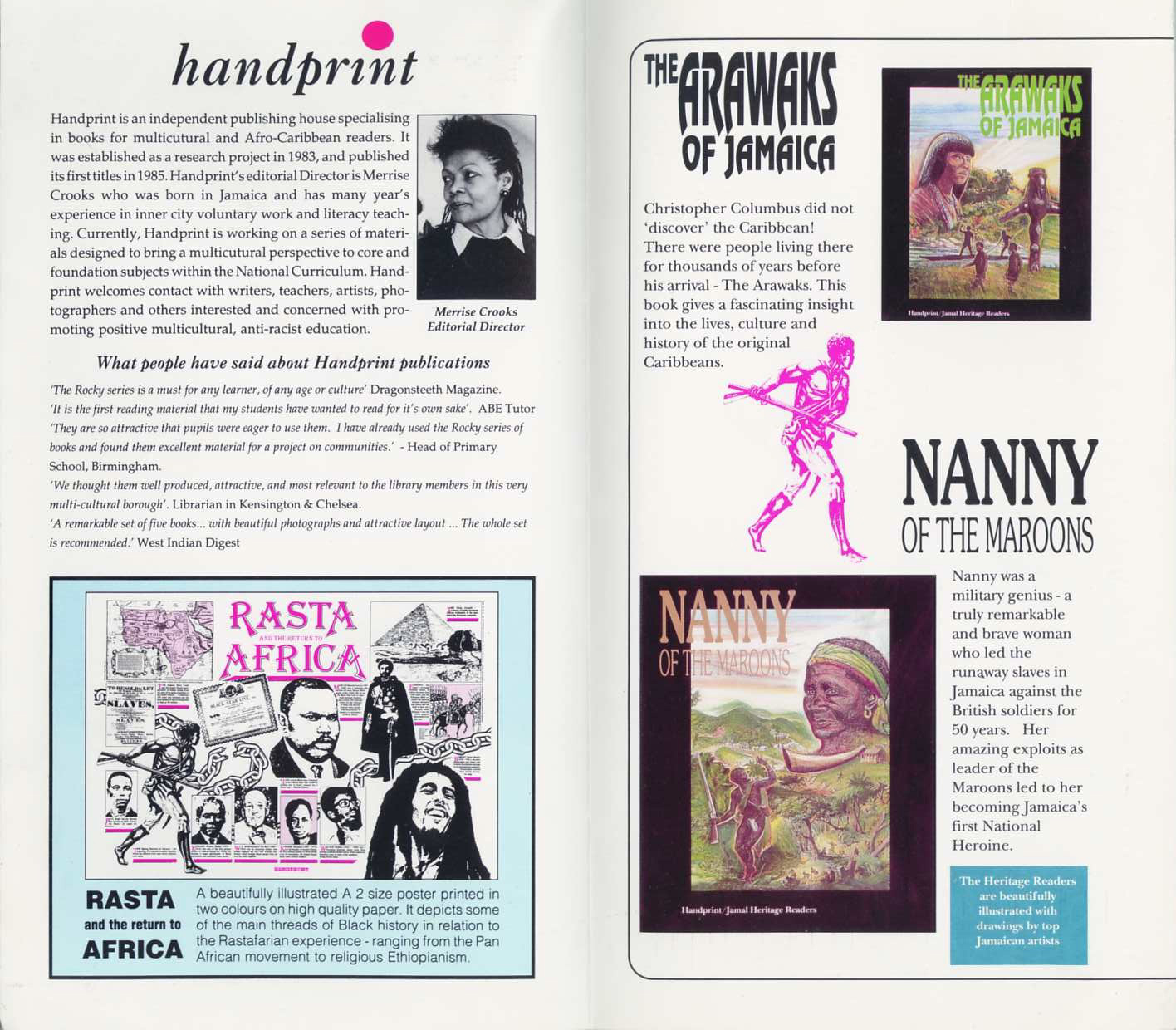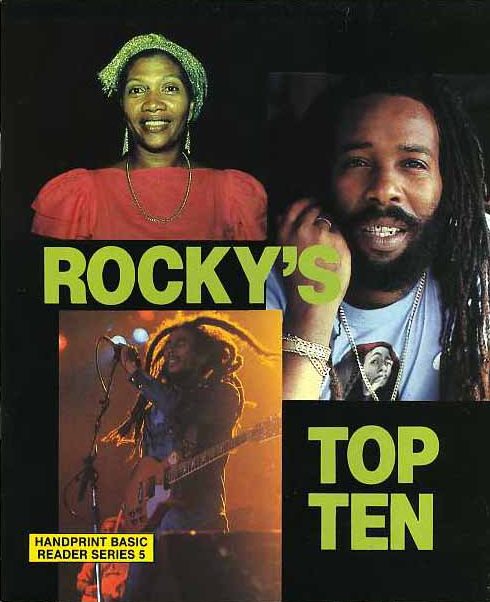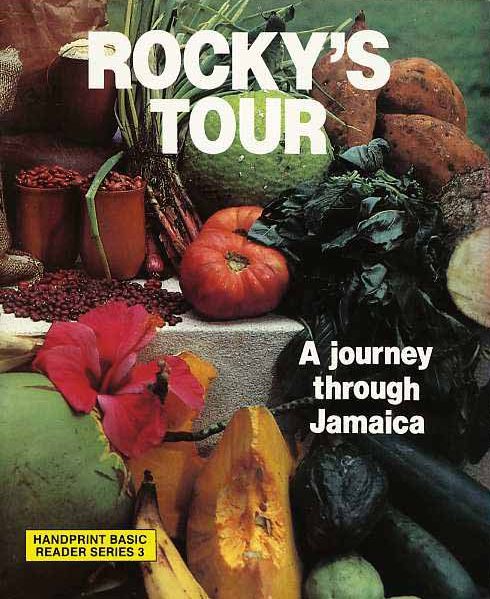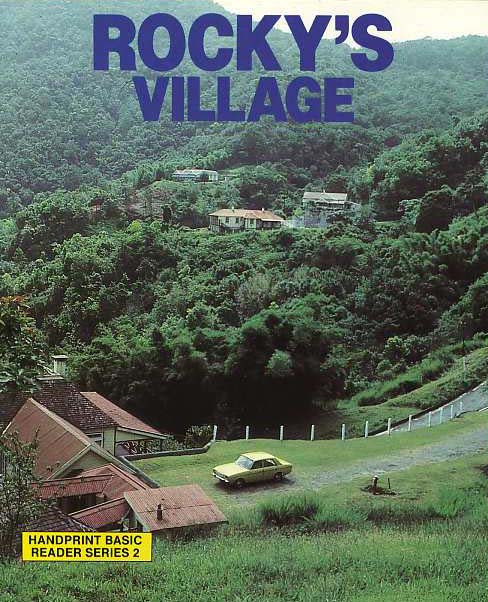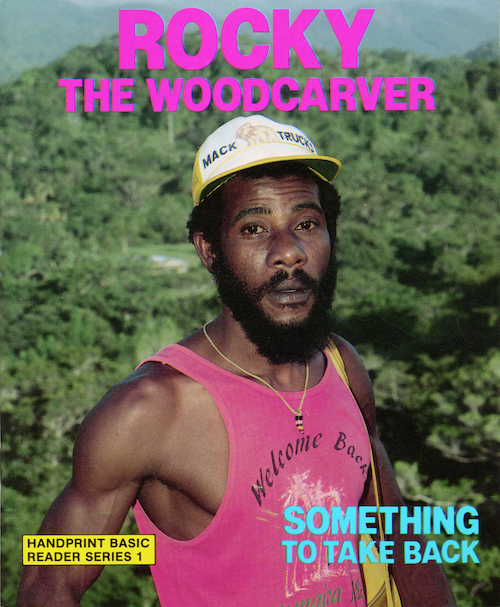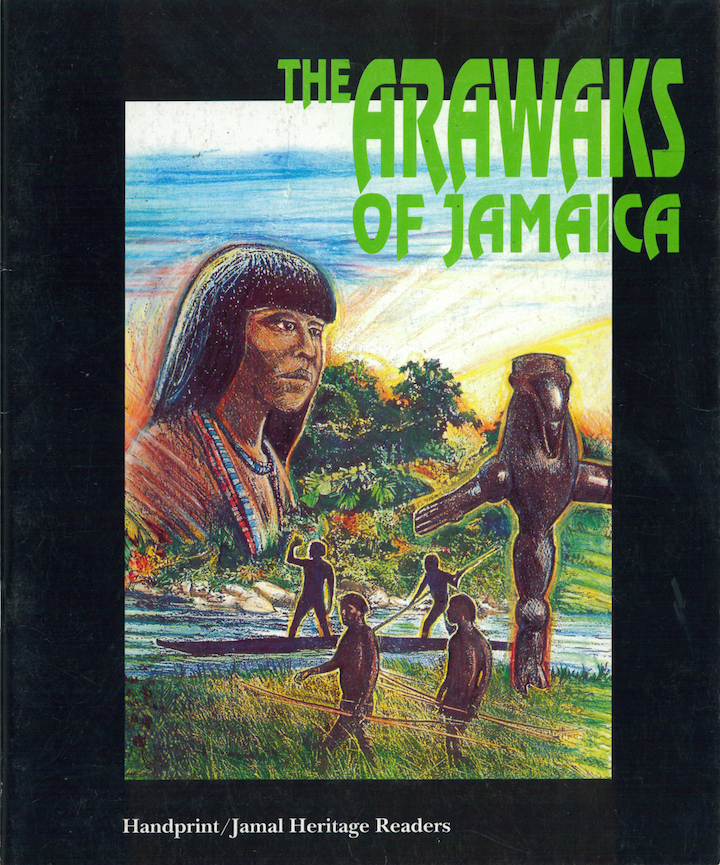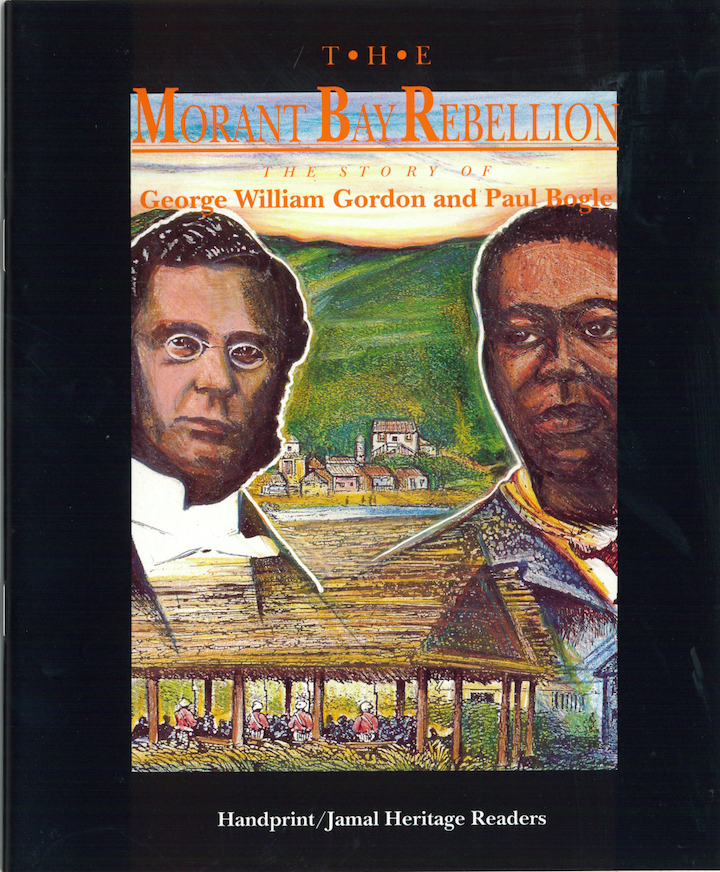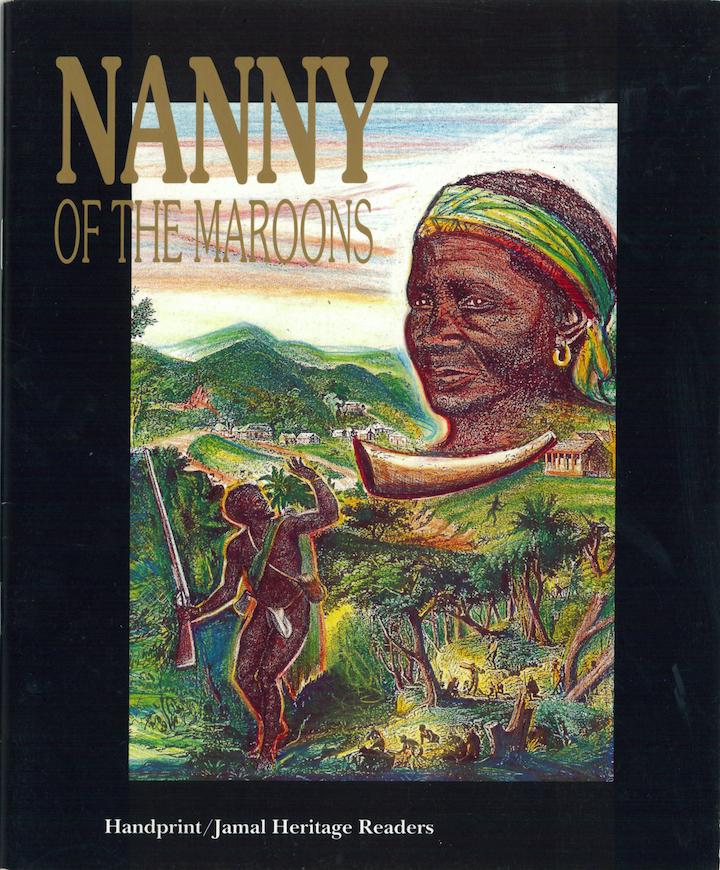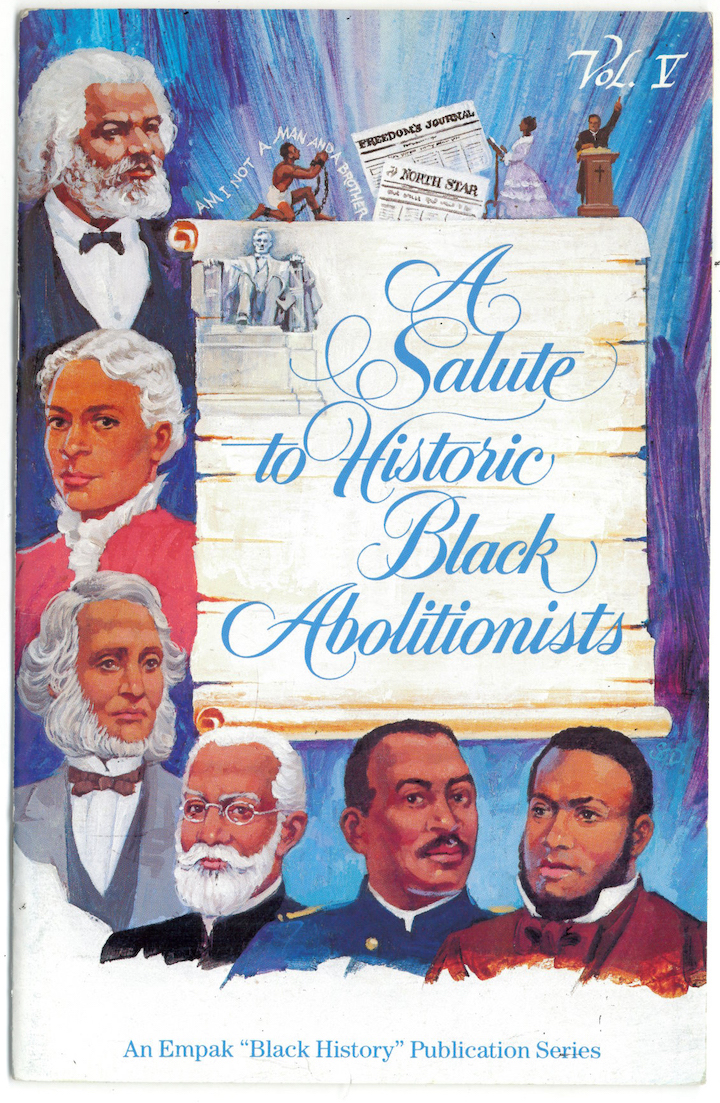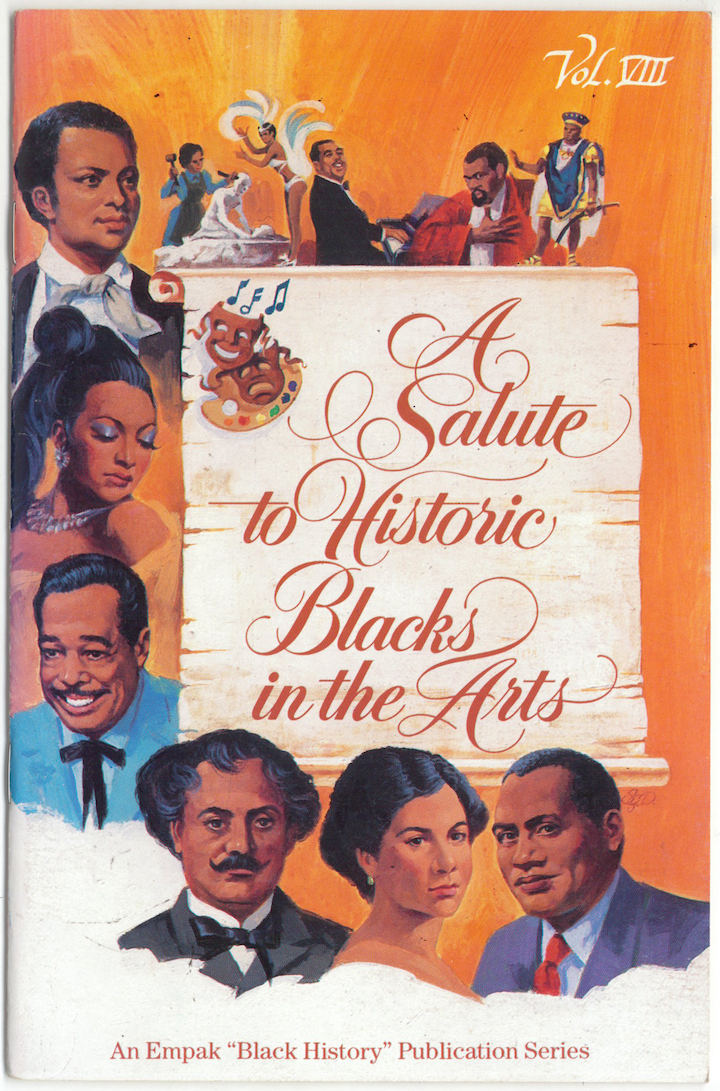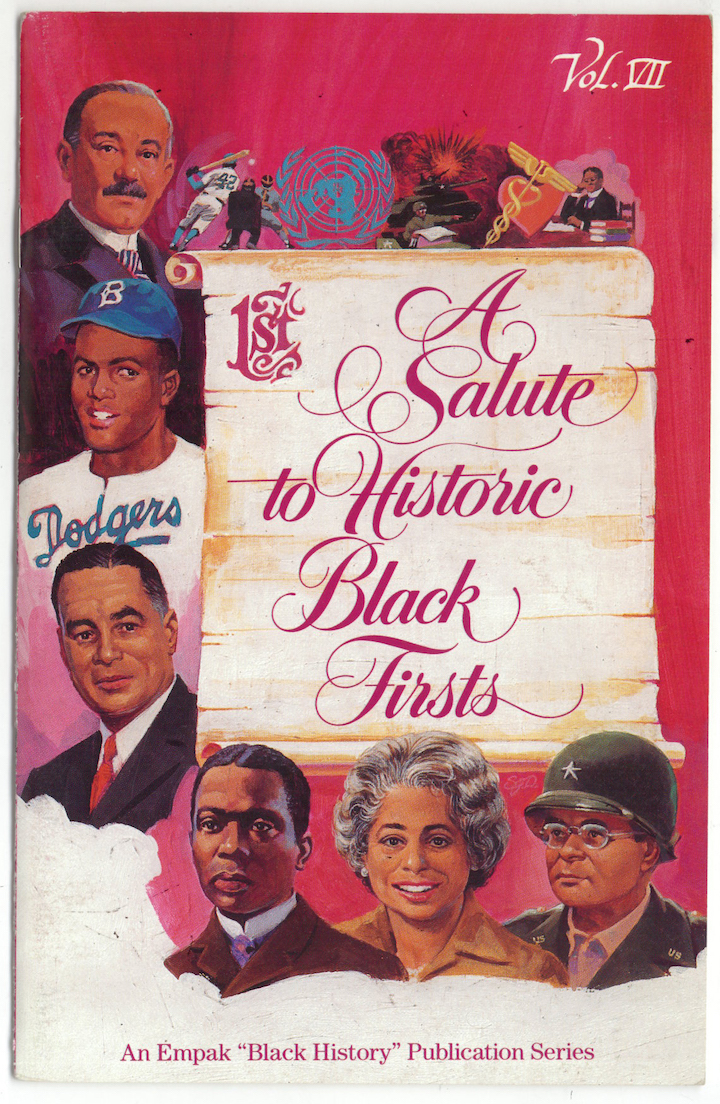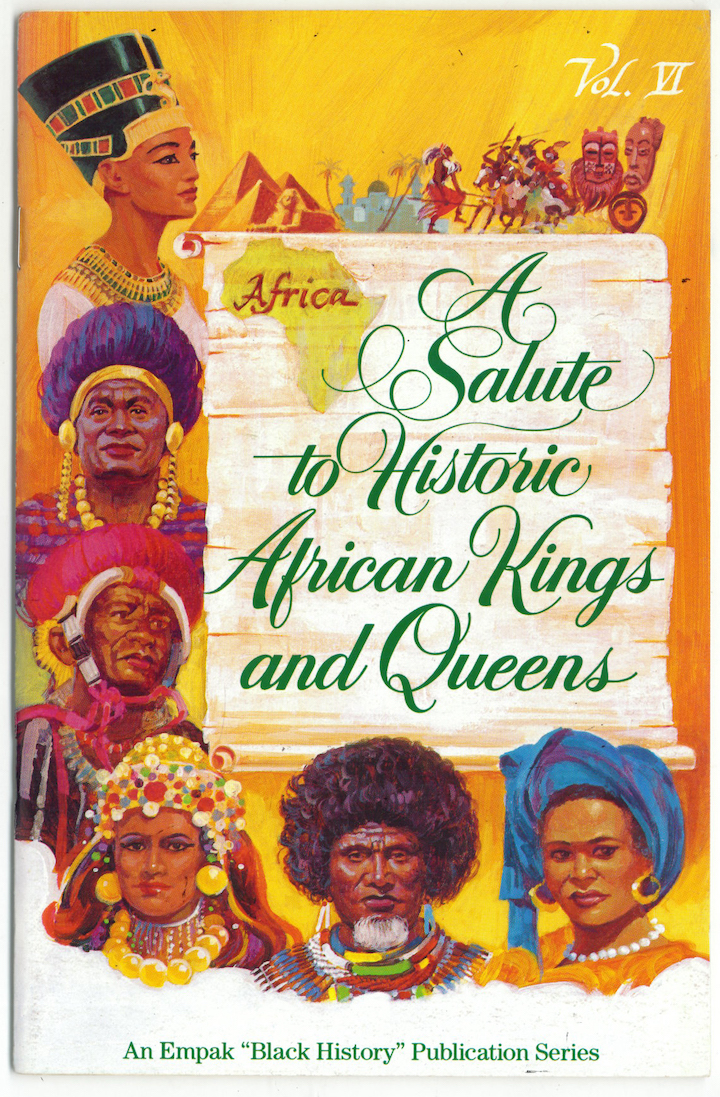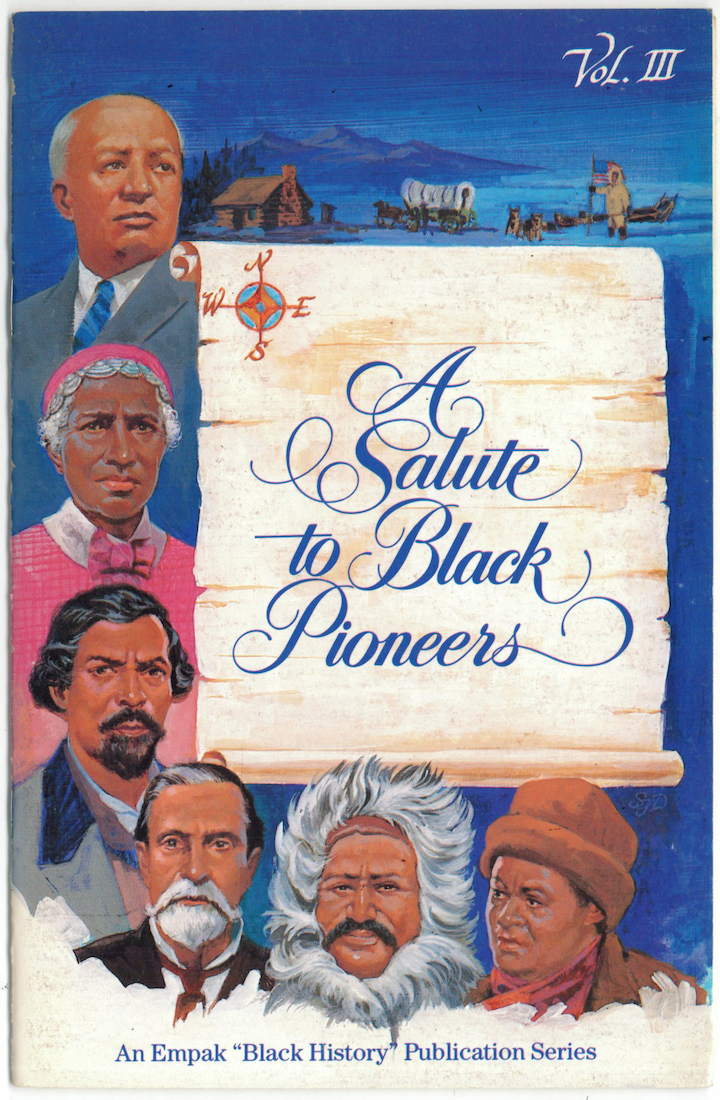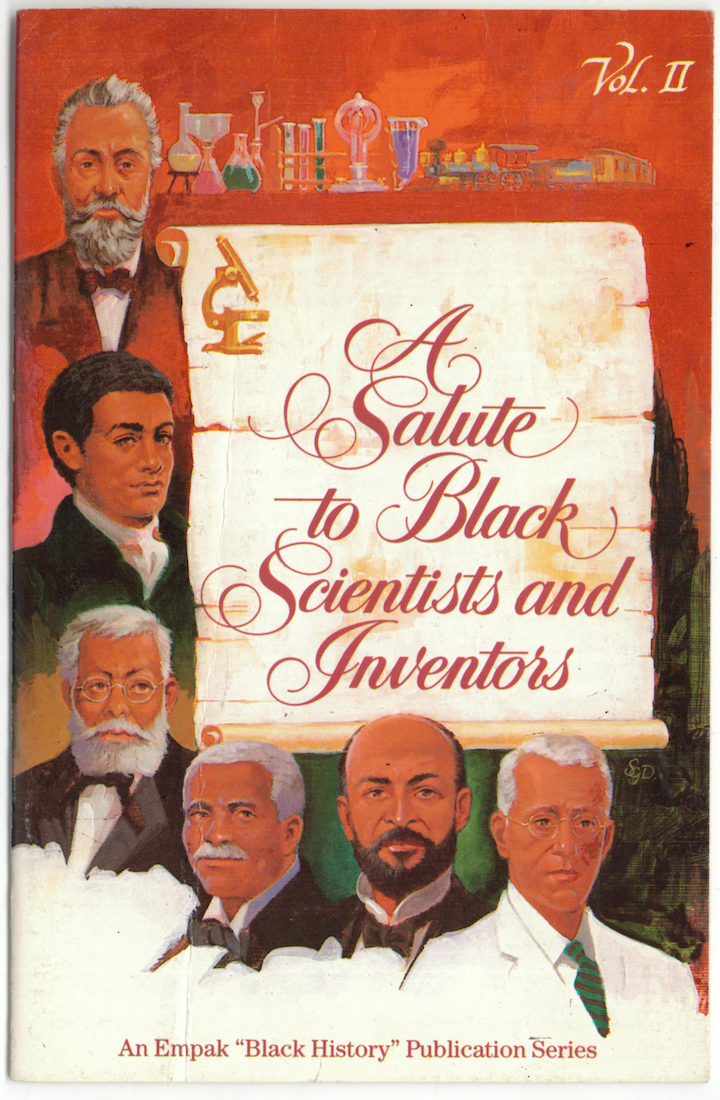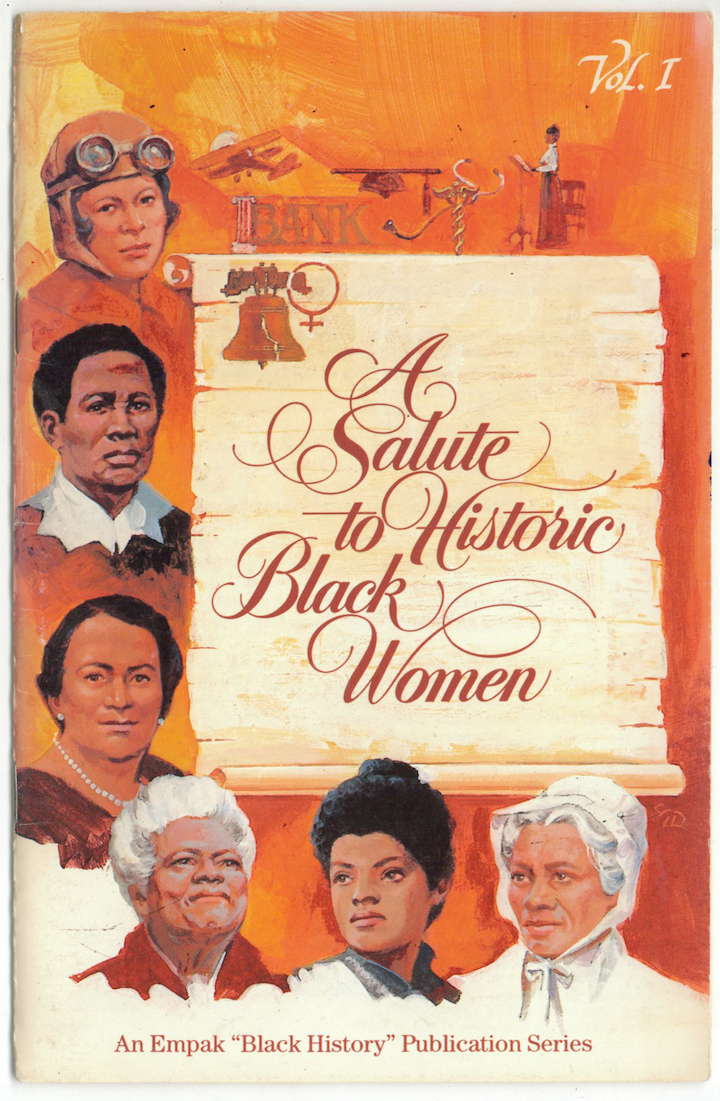Project
Handprint Ltd
From community project to self-financing business
When Albsu’s two-year funding ended in 1985, Handprint was able to stay afloat with short term financial support from a variety of funders (including Cadbury Trust, West Midlands County Council, and Birmingham Inner City Partnership) whilst we worked on a long term survival strategy.
It was clear Handprint would need to shift its dependence away from grant aid and develop a self financing future.
For someone like myself, who had come from an educational, community, voluntary sector background, this was quite a change in mindset. But this was the era of Thatcherism: it was make money or die. Birmingham Economic Development Unit made the transition easier by appointing Patrick Vernon as a research worker to undertake a six-month feasibility study, examining the market potential for commercial distribution of Handprint’s publications. ( Patrick went on to become a well-known social commentator and campaigner and has been at the forefront of several high-profile campaigns on cultural heritage and social justice in the UK over the last decade, most notably his work with the Windrush generation).
After various meetings and a lot of research, we submitted a business plan to the EDU who offered us tapering funding for two years on the basis that by the third year of operation we should be self financing. We were also advised to become a limited company.
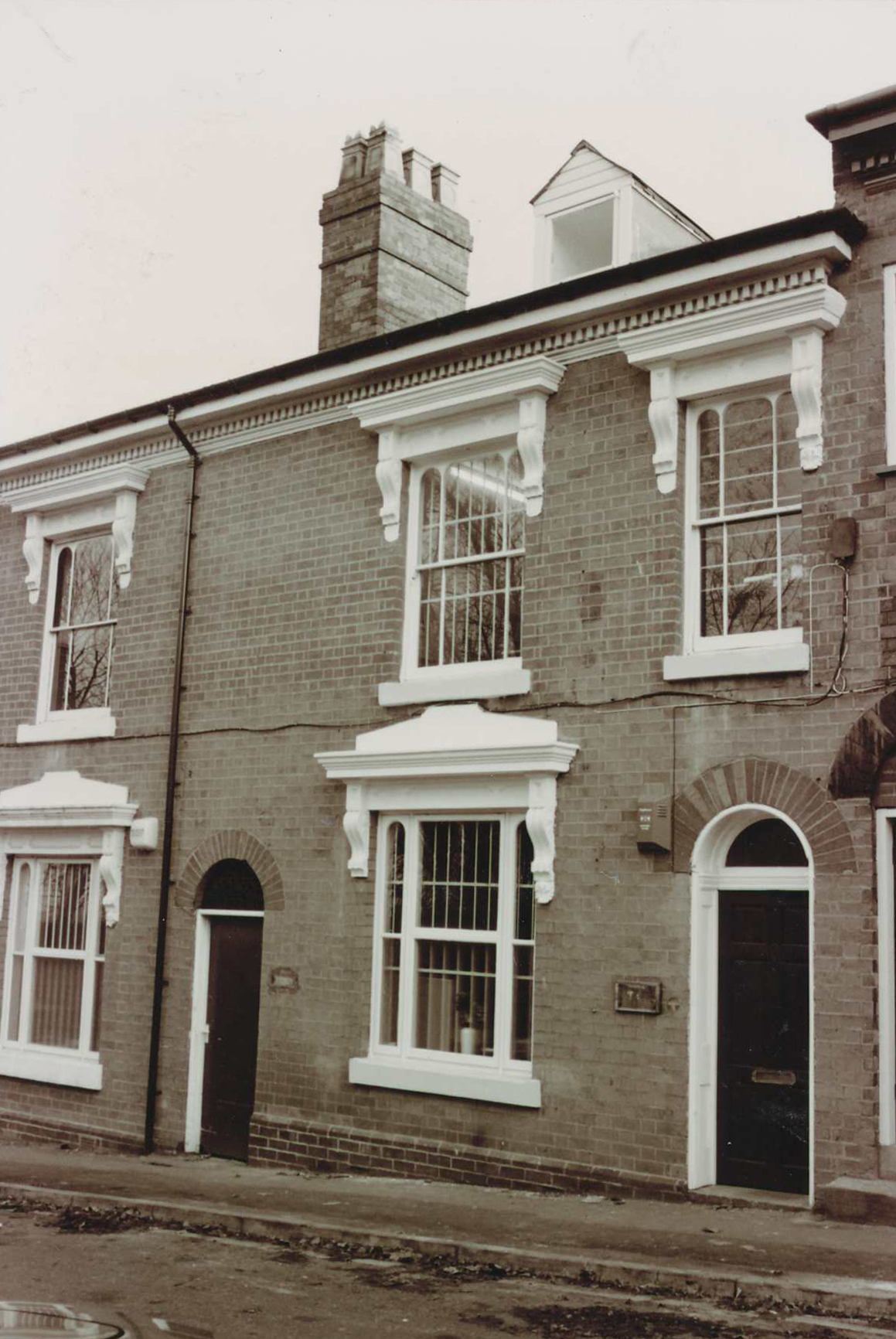
The handprint building in Keyhill Drive, Hockley.
Handprint set out to develop a range of income generating services that would help cash flow the publishing projects. This was essential because publishing is a long term investment. Money has to be spent years in advance of receiving an income stream, so we positioned Handprint as a small media centre, offering space to other fledgling media businesses, centralised office services, and our own desk top publishing design service.
We did this by securing a business loan from National Westminster Bank, and purchasing a building in the Jewellery Quarter, Hockley, with 2500 sq feet of office space. This building housed our own activities and provided rental office spaces for a number of small arts organisation. The building needed renovation and refurbishment. We moved into the new building in June 1987, installed basic services, and over the next four to six months concentrated on renovating and allocating office spaces.
Handprint publishing
Our research had shown that Handprint’s publication needed to be aimed at a wider market including schools, churches, prisons, projects and the wider community locally and nationally in order to be viable.
The five Rocky Basic Readers
We expanded the original two Rocky books into a series of five, using Rocky to introduce other aspects of Jamaican life, geography and music.
So, in addition to the original pilot publications – Rocky the Woodcarver and Rocky’s Village – we added: Rocky’s Tour (a trip around Jamaica); Rocky’s Top Ten (10 legendary Jamaican singers); Rocky’s Heroes (profiles of Jamaica’s national heroes). We were now selling sets of five Rocky Basic Reading Books.
The five Heritage Readers
In addition, we published five new books about Caribbean historical figures called the Heritage Readers. These books were first published by The Jamaican Movement for the Advancement of Literacy (JAMAL) as part of their educational programme in 1972 and Handprint negotiated with Jamal to buy the rights to republish them in the UK. We commissioned a brilliant young artist Joseph Olubu to design new covers for the five readers, and other illustration work was carried out by a variety of local artists.
Empak Black History Books and Posters
Handprint distributed Empak Black History books and posters which were produced in the US. These are a set of 8 books highlighting some of the notable Black people in history.
Handprint Marketing Strategy
As part of the process of professionalising Handprint, we devoted a lot of time to researching and developing a computerised database of names and addresses of potential customers on a national scale so that we could target customers with direct mail. This included schools, colleges, multi-cultural units, prisons, and bookshops.
The Handprint Catalogue published in spring 1990, was mailed out to 6,500 names and addresses from our database, including schools, colleges, libraries, prisons, social services, churches, community projects. In addition, a further 2,000 catalogues were inserted in the magazine Multicultural Education. The new catalogue was launched in mid March 1990, and in the period up to the end of April, orders worth more than £7500 had been received.
Handprint and the development of media industry in Birmingham
Extensive refurbishment was carried out on the building in Key Hill Drive, so that we were providing quality office space for a number of small media organisations which included:
- Ten 8 Magazine
- Ten 8 Photography Touring
- Mark Blackstock Associates (Corporate Video Production)
- Rhonda Wilson Photography
- Lantic TV (Film & Video production, productions include ‘Made in Birmingham’ for Central TV)
- Zubaan – run by Bindi Kalsi (Asian language design and translation)
- Soho Works (Film and Video workshop, run by Pervaiz Khan who produced ‘Utterance – the music of Nusrat Fateh Ali Khan’ for Arts Council).
The above projects and organisations developed significant revenue generating plans of their own. Ten 8 Magazine successfully negotiatied with Birmingham City Council for £100,000 to organise an International Photography Festival in the city. Soho Works tried to attract funding from Channel Four to set up workshops. Lantic TV produced a production for Central TV called ‘Made in Birmingham’.
In the financial year 1989-90, the combined turnover of Handprint and the above organisations was more than £250,000.00.
Desk top publishing

Desk top publishing
Under the direction of Derek Bishton, Handprint developed and expanded a DTP bureau providing top quality productions for our own in-house requirements and for a variety of outside customers using the latest Apple computers.

